|
One of the projects I had set myself for a number of years was to provide the garden with a pond, a natural habitat for whatever wildlife turned up. There is water around the garden in the form of dykes and ditches but these tend to disappear during the summer months, especially during dry weather so I wanted to provide a more permanent water source. Dug in the warmth of a day in March 2021, I was fascinated to see how quickly nature would take hold in a couple of metres of water and what wildlife would turn up. It is hard to believe that just a few short months can turn a shallow gouge in the ground into a bustling new habitat but that is exactly what happened with the new pond. Once the pond was filled with well water, which seemed to take forever; it actually took 9 hours, the margins and both deep and shallow water required plants. Small clumps of bullrushes and lesser spearwort where inserted into the mud to start with then the addition of water mint. Some water weed and Equisetum fluviatile (water horsetail), acquired from a local ditch as well as a water lily for the deep water area.. The acquired water weed was accompanied by some creepy crawlies, more on those later. One of the colourful marginal plants to be added was the bright yellow flowers of the common flag iris - Iris pseudacorus which can also be found in ditches, damp marshes and other wetland habitats. It can form large, spreading clumps of sword-like, grey-green leaves. with clusters of 2-3 buds that open to yellow flowers, some as early as May and continue until August. This iris is robust enough to become really problematic and can colonise areas to the exclusion of other species. As the plant material began to knit together on the edges of the pond and within the shallow shelf edge, aquatic life arrived to the waters, many that were stowaways on some of the imported plant material, water snails, freshwater shrimp and pea mussels. I already had a very small pond in an old bucket and emptied this into the new pond with the silt and any creepy crawlies that lived there, noticing some larvae of dragonfly or damselfly which would increase the pond life. Another great perennial added was Water Mint (Mentha aquatica); an Irish native found on damp soil around lakes and ponds, along canals or riverbanks, and in marshy areas. Pretty mauve-purple flowers from July to October and it gives off a pleasant minty scent when crushed. During the Middle Ages it was a strewing herb on floors of the bed chambers so that when people walked the scent of the mint was released into the air. Along with Meadowsweet and Vervain, Water Mint was one of the herbs held sacred by the Druids. Another perennial that provides wonderful yellow flowers, like golden coins, above the surface of the water in late spring are the Marsh Marigolds (Caltha palustris). A native wildflower at home in the shallow water, on the margins of the pond, in fact anywhere the soil is continually damp. A member of the buttercup family so, large yellow flowers, with usually 5 but can be up to 8 petals, and a central cluster of golden stamens. There are now double forms and a rarer white form though I think the natural native plant is hard to beat. As the season progressed the vegetation became evermore lush, the grasses and wildflowers grew over the liner to hide the edges though the warm sun and bright days also encouraged algae to form. As this is a natural pond with no pump or filtration system it had to be left for one season to allow the natural processes to settle down but I will treat the algae - with natural products - 1 year on, if necessary. So, with plants maturing, the pond life began to emerge, one of the earliest of the damselflies was the Large Red Damselfly - Pyrrhosoma nymphula followed by the Four-spotted Chaser - Libellula quadrimaculata and then for most of the summer the Common Darters - Sympetrum striolatum As the year in the life in the pond draws near, my one hope was that the pond would be a suitable site for frogs and newts. Frogs are definitely around the garden as I see a number each year in the long grass and along the damp margins of the boundary ditches. Traditionally, frogs return to their home habitat to spawn but I'm hoping that one or two might consider the pond as a bit of an upgrade for their offspring this year and that frogs will become one of the pond's resident species. This hope turn to reality this week, when I discovered clusters of frogspawn in the shallowest parts of the pond, 13 clusters and counting. With no fish in the pond hopefully many will turn into tadpoles and eventually to adult frogs. If it's suitable for frogs then the next species of my wish list ..... newts.. I also look forward to welcoming any new invertebrates such as Water Boatman, Pond Skater maybe even a Diving beetle or two that are on the look out for new habitat, the pond is ready and waiting.
0 Comments
|
WildEdges
A haven of quiet countryside highlighting issues affecting the natural world. Categories
All
|
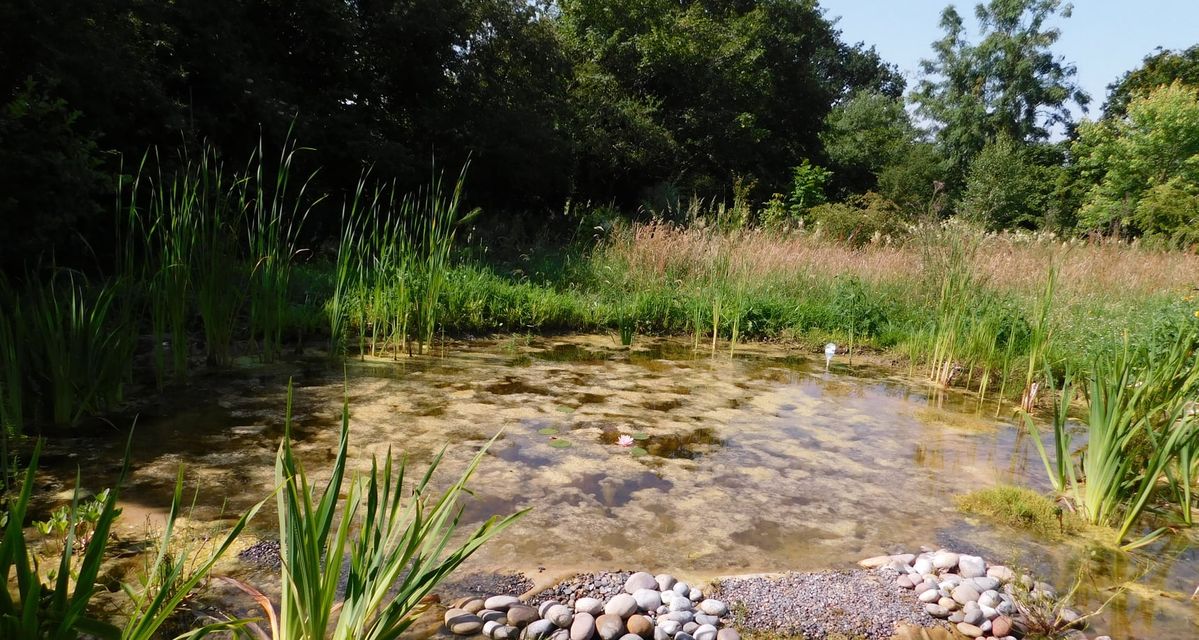
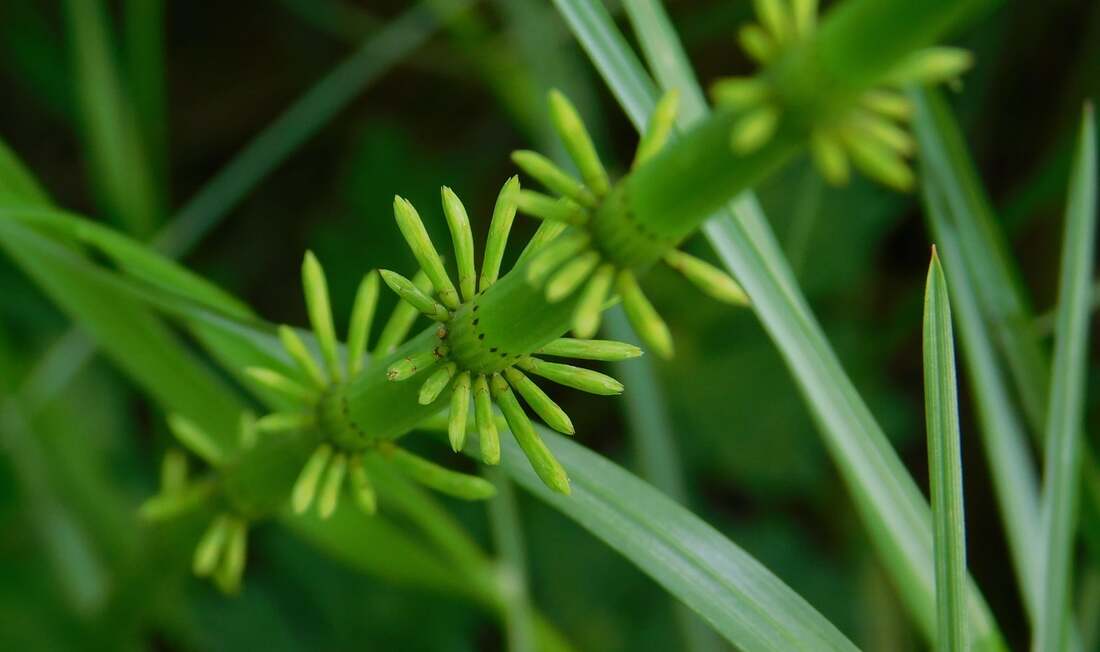
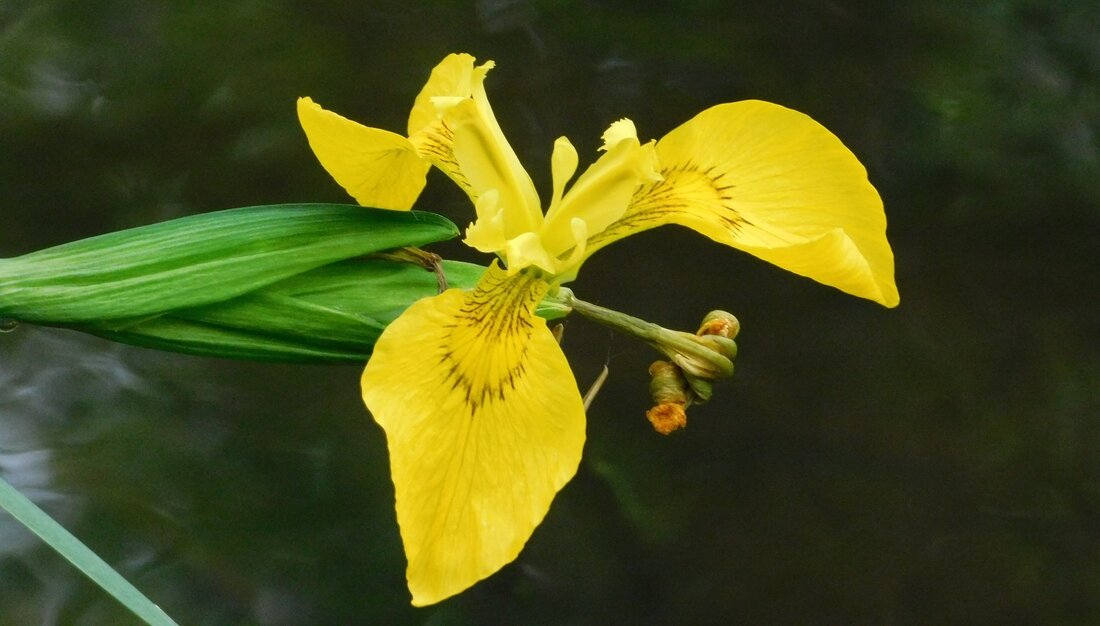
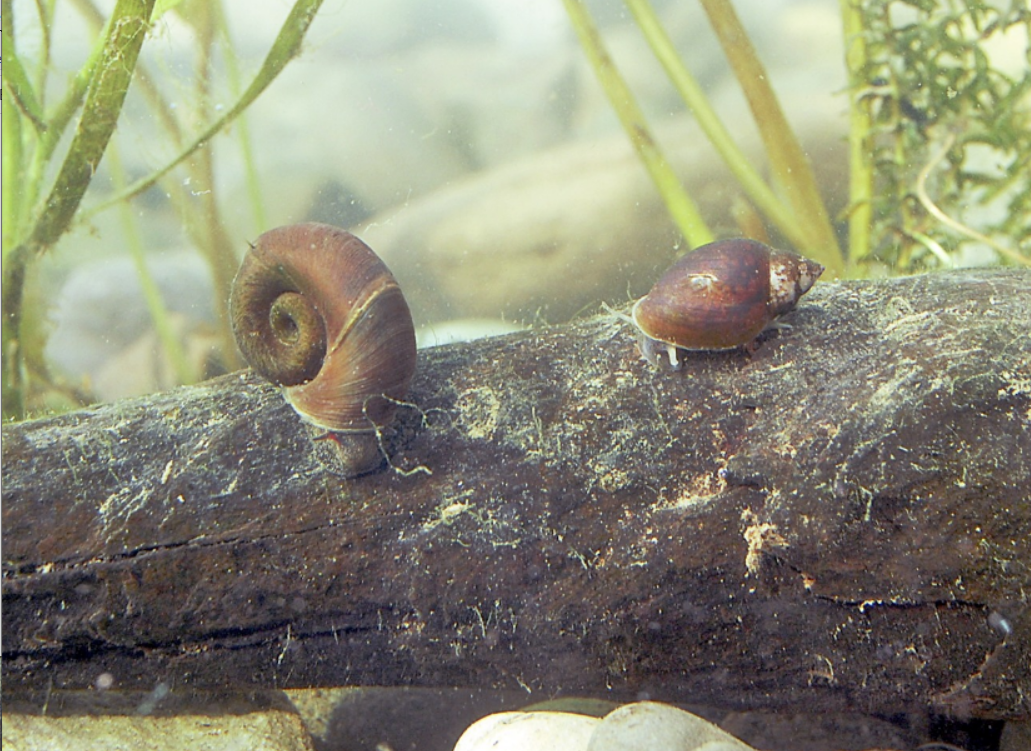
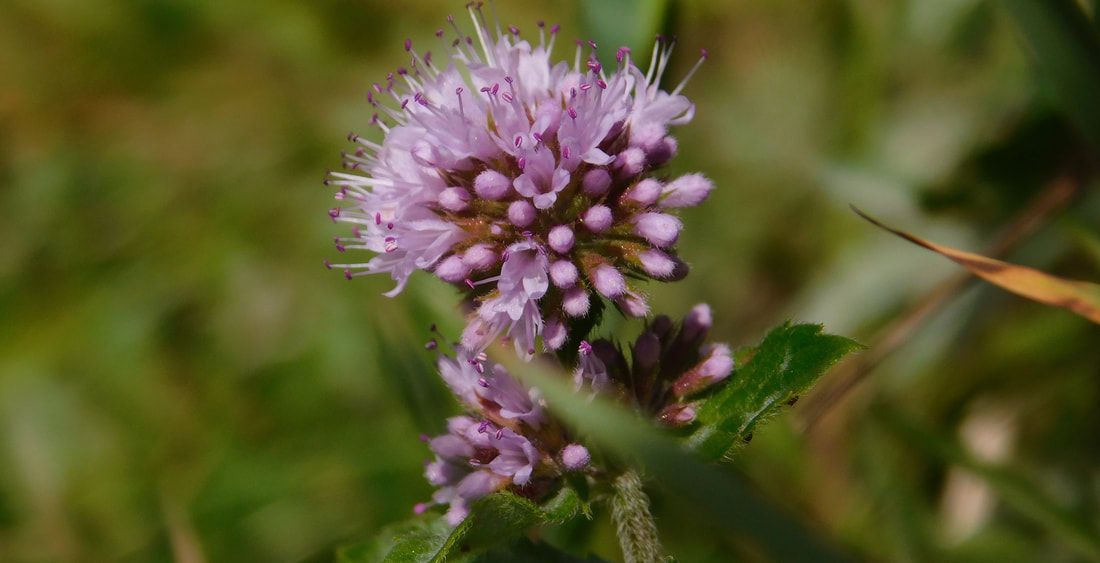
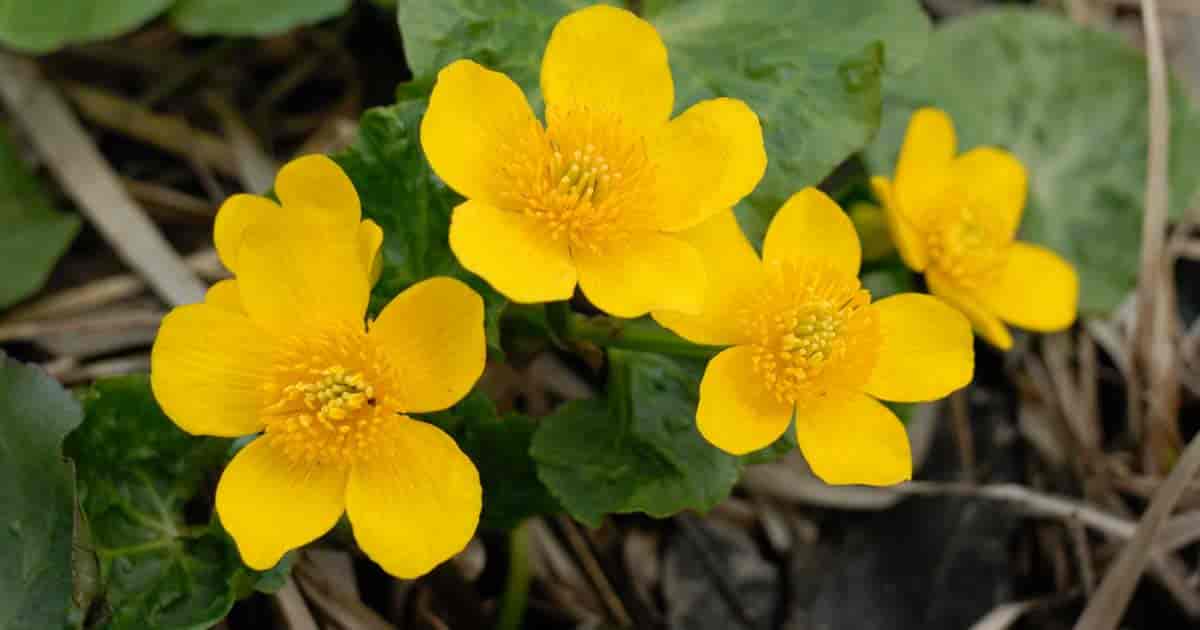
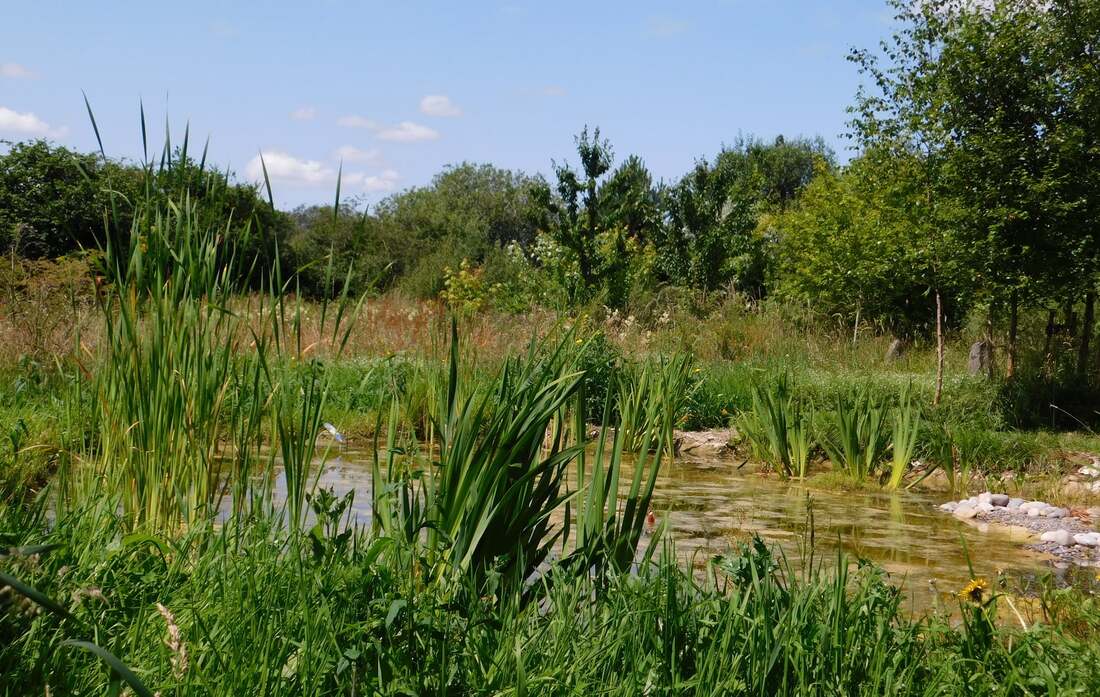
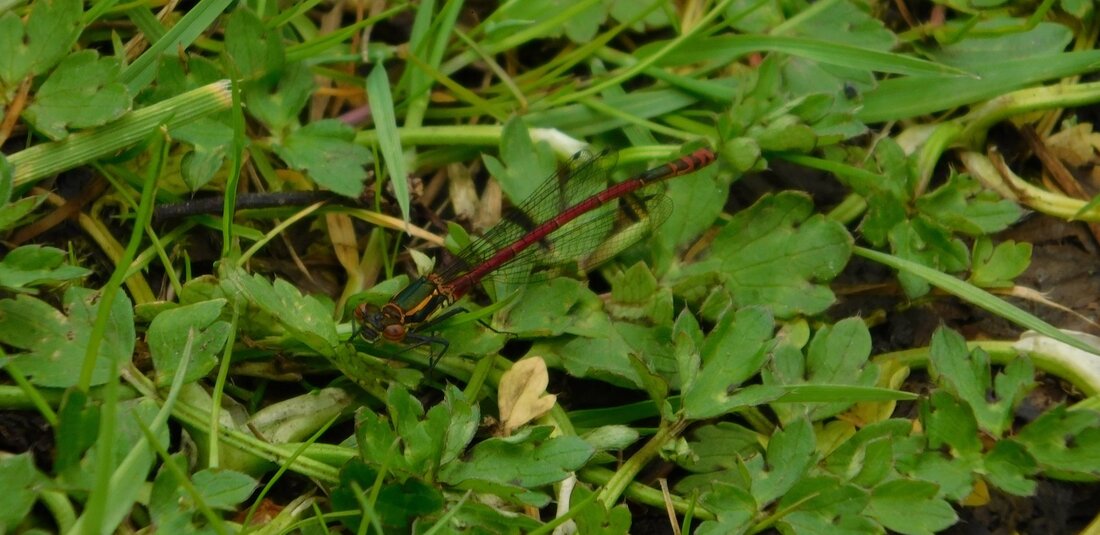
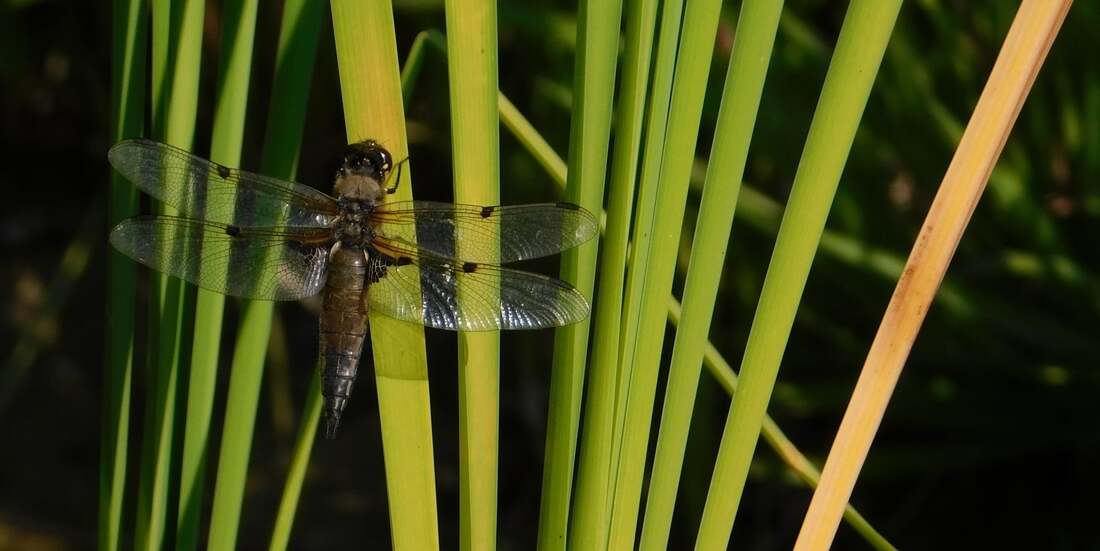
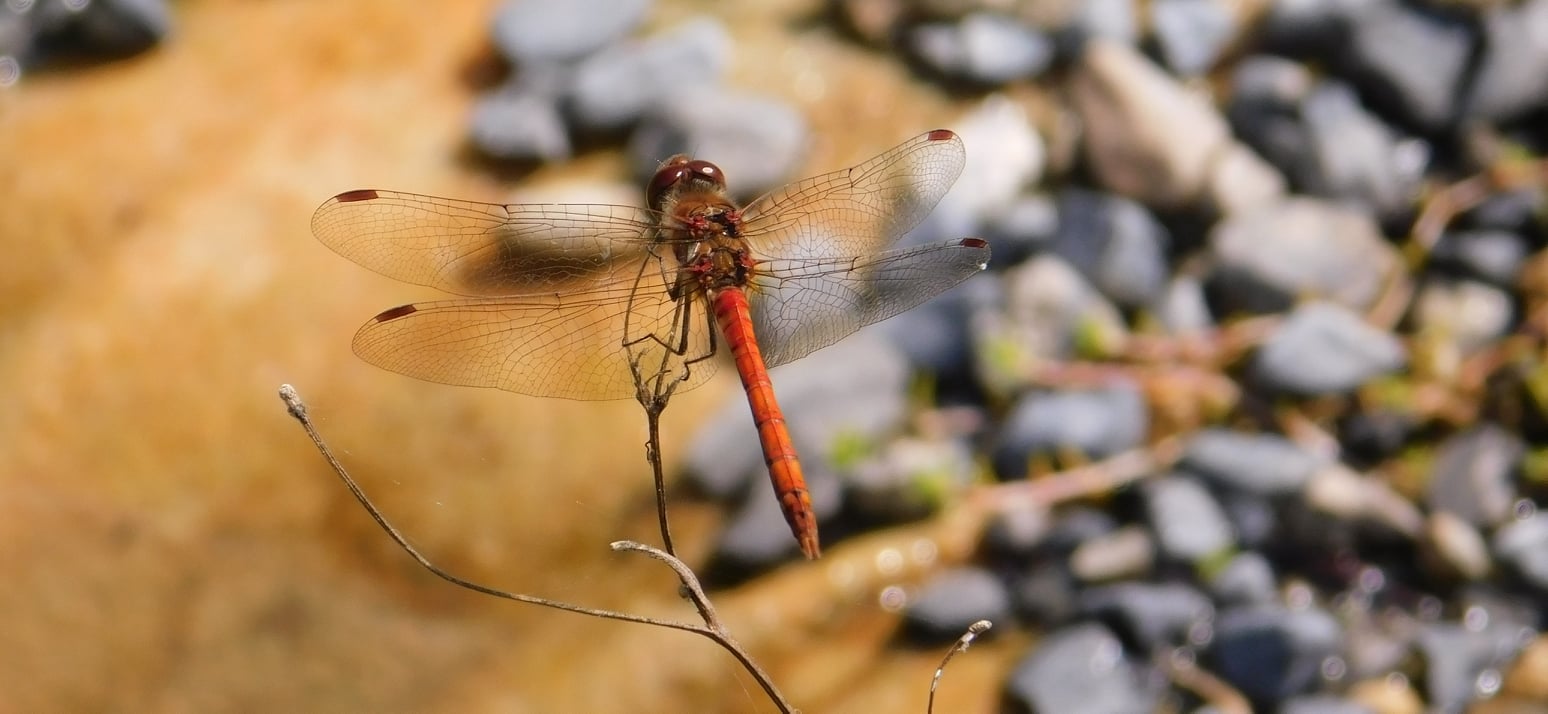
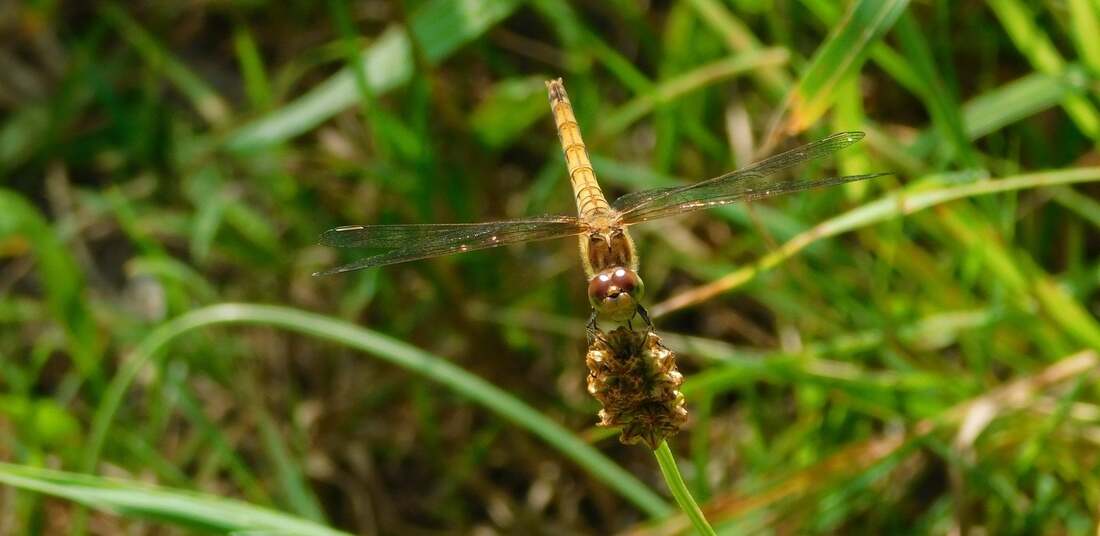
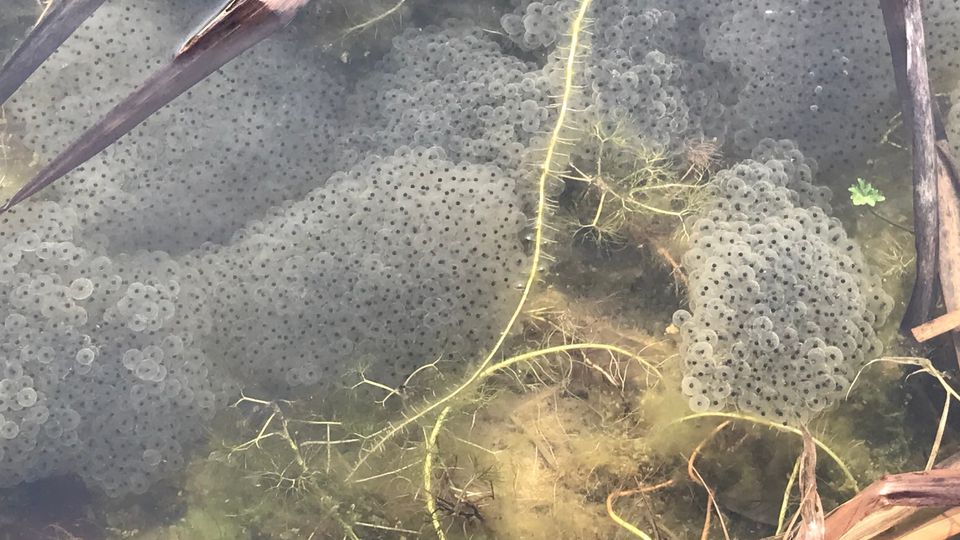
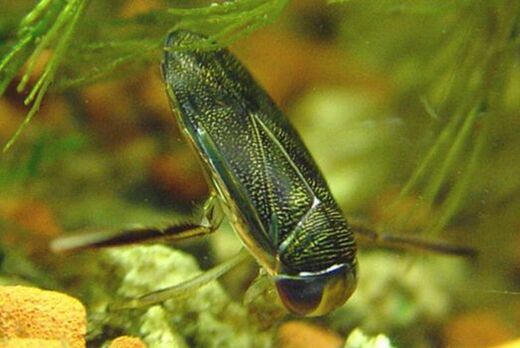
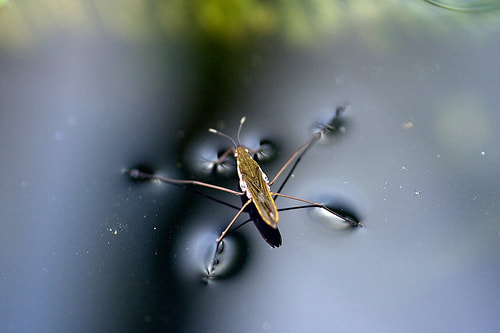
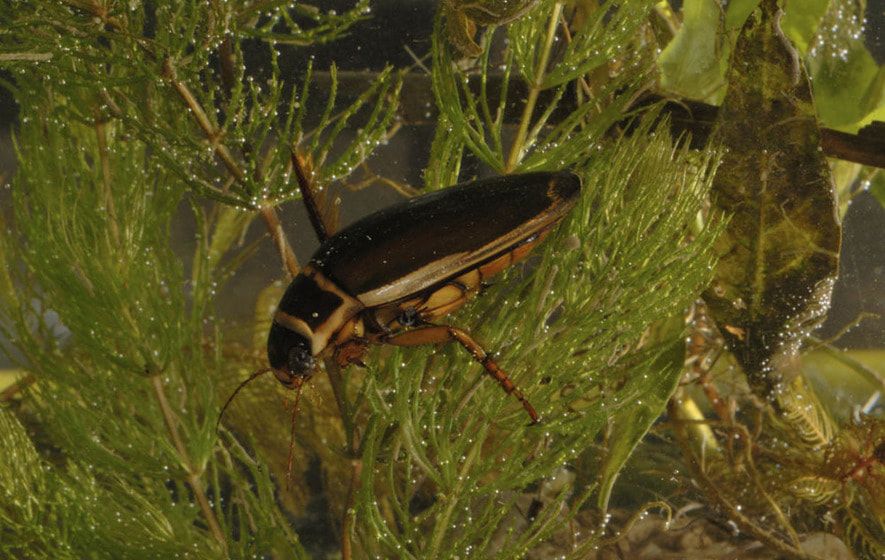
 RSS Feed
RSS Feed